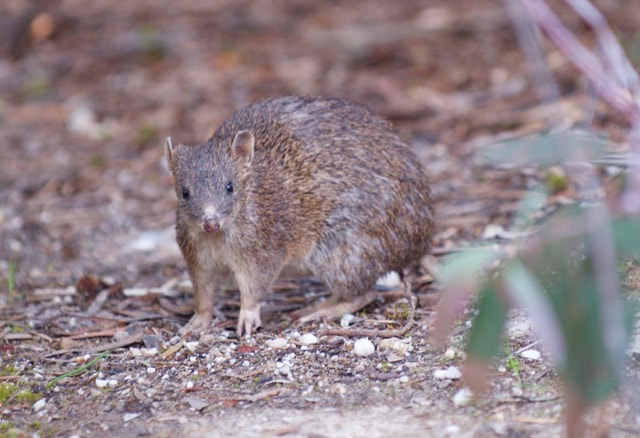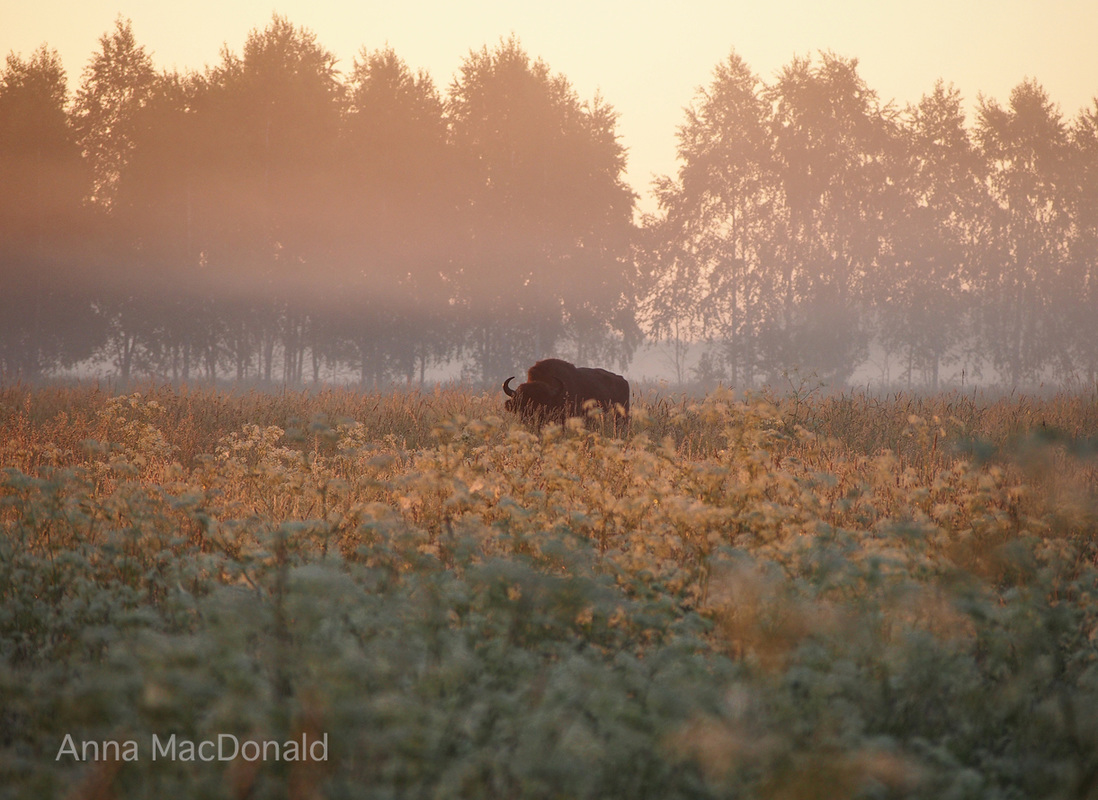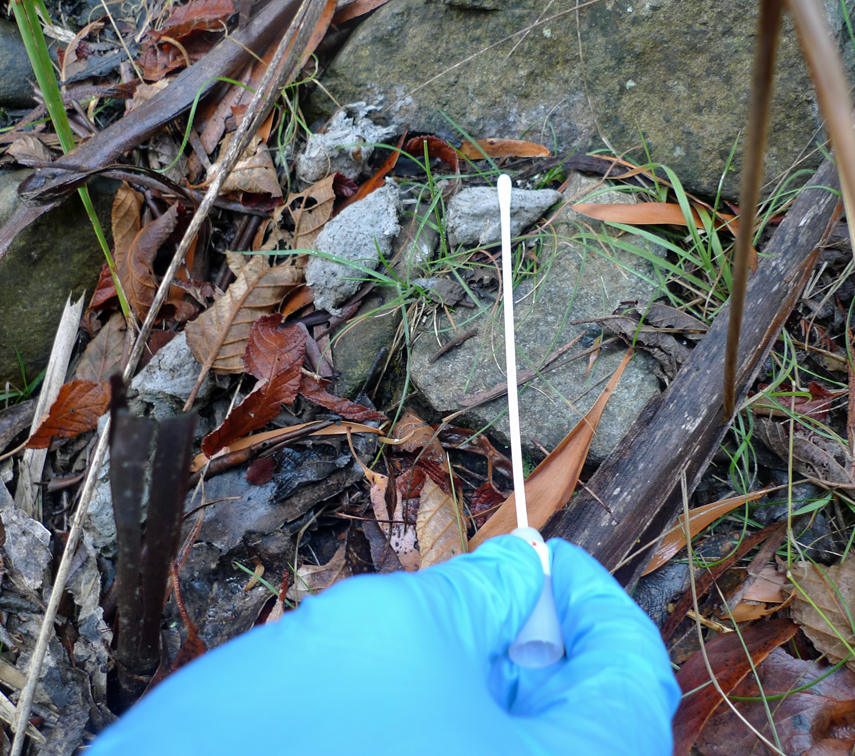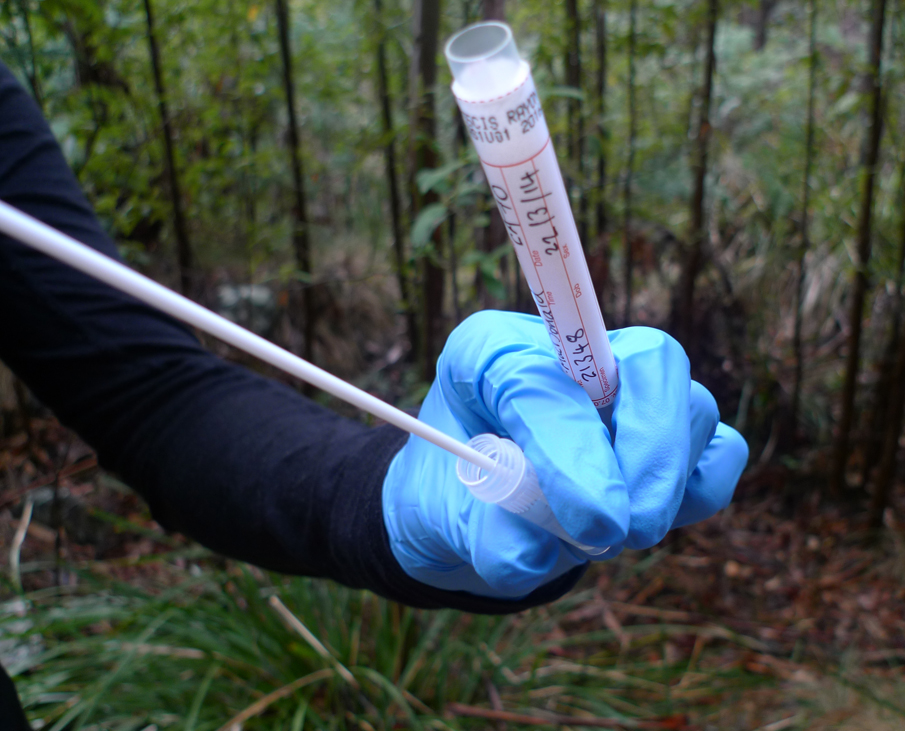Anna MacDonaldI'm a biologist with interests in genetics, conservation, ecology, invasive species, and wildlife management. Archives
May 2019
Categories
All
|
Back to Blog
Click here to read the full post at WildlifeSNPits
As many people know, two of my favourite topics are bandicoots and environmental DNA (eDNA). So I’m very excited about the online debut of my latest paper “A framework for developing and validating taxon-specific primers for specimen identification from environmental DNA” at Molecular Ecology Resources, which includes both bandicoots and eDNA. eDNA analysis is the analysis of DNA from environmental samples, which can include soil, water and animal faeces. eDNA studies can make valuable contributions to wildlife management, including management of invasive species, and conservation. Some animals are elusive, so relying on direct observations alone may not provide a true picture of where these species occur or which habitats they prefer to spend time in. eDNA detection, in conjunction with physical trapping, camera traps, and other survey data, has potential to improve our understanding of wildlife distributions. We may also want to learn about interactions between different species: predator-prey interactions are one example. This is where scat DNA is especially useful, as we can detect DNA from food remains in scats from a wide range of animals, including predators and herbivores. However… if we are going to use eDNA to guide management actions, which often require considerable investments of time and resources, we need to make sure that our eDNA studies are well-designed and reliable. Many eDNA tests use PCR and DNA sequencing methods to detect a single species or a group of closely-related species. These rely on the development of species-specific or taxon-specific PCR primers. We need to be confident that these primers will reproducibly detect the target species AND that they won’t also detect DNA from other wildlife that will be mistaken for the target species...
0 Comments
Read More
Back to Blog
Click here to read the full post at WildlifeSNPits:
This is my first post here since April. I’ve spent much of the last three months travelling, holidaying, workshopping and attending two conferences. I had a wonderful time in Adelaide at the Genetics Society of AustralAsia’s 2015 conference and learned about some fascinating new science at the Boden Reseach Conference on Comparative Animal Genomics. But what I thought I’d write about here is the week I spent in Białowieża in Poland, for the 2015 Metabarcoding Spring School (#metabar2015 on Twitter). This was organised by the metabarcoding.org team, in conjunction with the Mammal Research Institute of the Polish Academy of Sciences. Apart from being a chance to meet lots of new people and spend time in an amazing part of the world, I also learned a great deal. The perfect mixture! There’s no way I can report back on everything here (and in a coincidence of timing, this overview has just been published), so I’ll outline some of the key issues discussed at the workshop and provide links to relevant papers for those who want to learn more.
Back to Blog
Click here to read the full post at WildlifeSNPits:
If you open a few recent journals with a focus on conservation or ecology, the chances are that you won’t be too far away from a paper that uses environmental DNA (eDNA). In fact, Biological Conservation currently has a special issue on environmental DNA as a tool for conservation, which I’ve added to my reading list for #365papers. Genetics has been a handy tool for conservationists for a few decades now, and since the 1990s non-invasive genetic analyses, have become increasingly common. More recently, the revolution in high throughput and massively parallel DNA sequencing technologies has allowed us to tackle questions that were thought impossible even just a few years ago, including complex investigations of mixed environmental samples. You can measure biodiversity from the DNA in a soil or water sample. You can study the diets of cryptic predators through genetic analysis of their faeces. It’s all very exciting!
Back to Blog
Click here to read the full post at WildlifeSNPits:
“Bob said I should call you because it would be good to do some genetics on this mammal population, how long will that take…?” “Alice and I collected a few tissue samples when we were in the field earlier this year and now we’d like to talk to you about collaborating on some DNA analysis…” I’m paraphrasing of course, but I’ve heard variants of these numerous times over the last decade or so. I’ve also met many people with a passion for ecology and conservation who have wanted to learn more about genetics as it applies to their research. Which is great! DNA can be a wonderful tool with great potential to contribute to wildlife conservation and management. As DNA sequencing technologies advance, genetic analysis has become both more affordable and more accessible to people who study non–model organisms (i.e. most of the world’s wildlife!). |
 RSS Feed
RSS Feed



